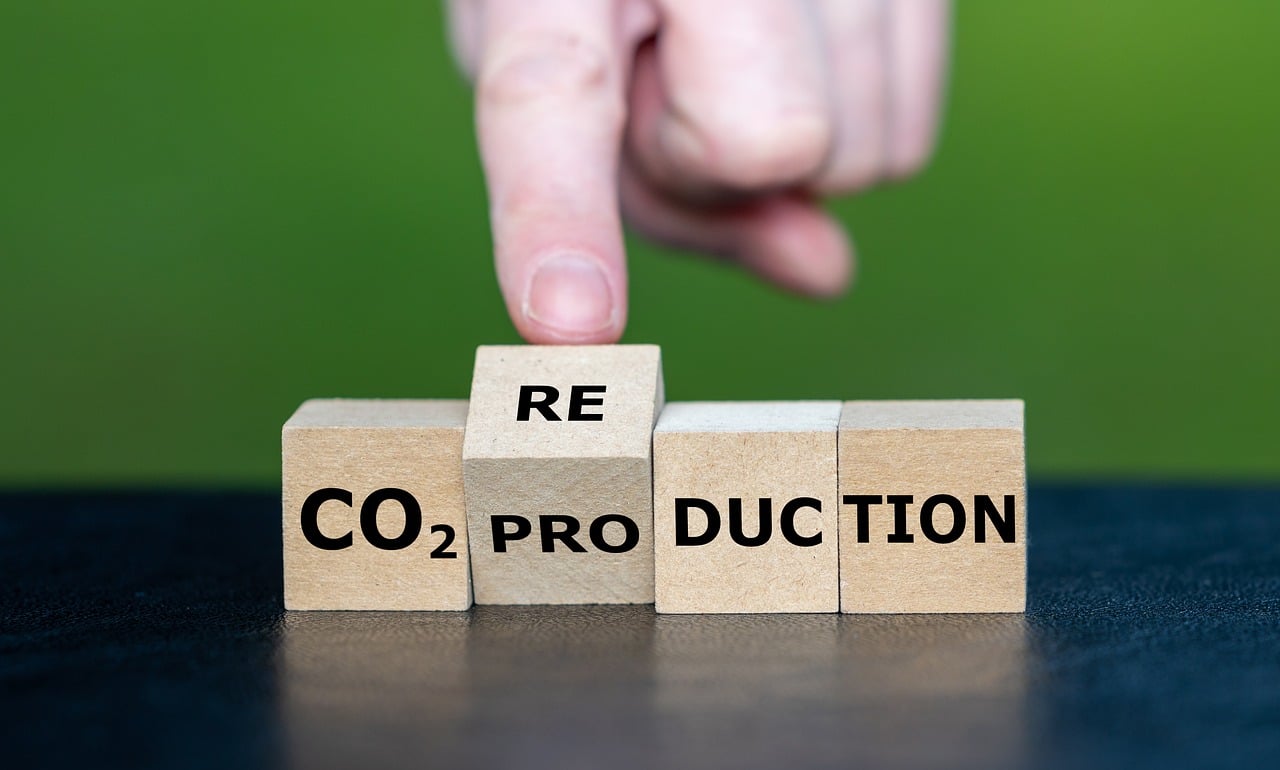In April, the Ministry of Environment released its 2022 Greenhouse Gas (GHG) inventory report to the United Nations, which, in a world first, included CO2 removal by concrete products. The report said that several innovative concrete variations demonstrated an ability to absorb CO2. Yet others utilized industrial waste as feedstock.
The volume of CO2 removed from the atmosphere was small, just 17 tons across four types of concrete. The impact, however, promises to be orders of magnitude larger as companies in Japan and elsewhere pursue R&D on a new set of materials that can be certified as helping to reduce emissions while providing necessary goods.
In a world that puts a price on a ton of CO2, a carbon-negative product could claim real cost savings. It would also be a major boon for so-called “hard-to-abate sectors”, such as shipping, and steelmaking, etc, that need to find ways to offset the environmental costs of operations. Such sectors collectively account for a quarter of global energy use and a fifth of all emissions. Concrete alone contributes 8% of the world’s total emissions.
While the MoE stresses the need to move away from fossil fuels as the primary means to achieve net zero, Japan is keenly testing technologies that can absorb CO2 from the atmosphere. Some of this tech, which is not limited to cement, is developed overseas thanks to Japanese investments, with the idea that it could later be ‘imported’ and utilized as a key ingredient of Japan’s overall industrial decarbonization strategy.
We review some of the current initiatives in this field.

